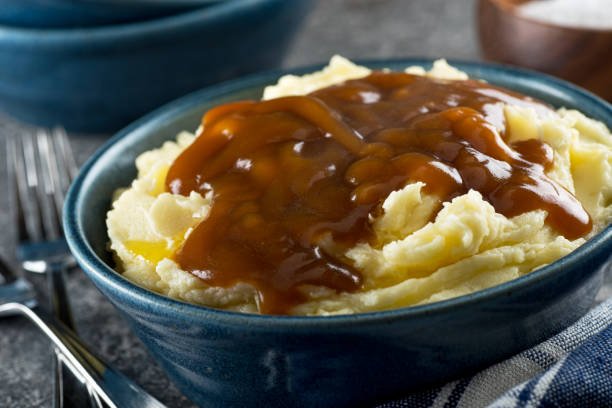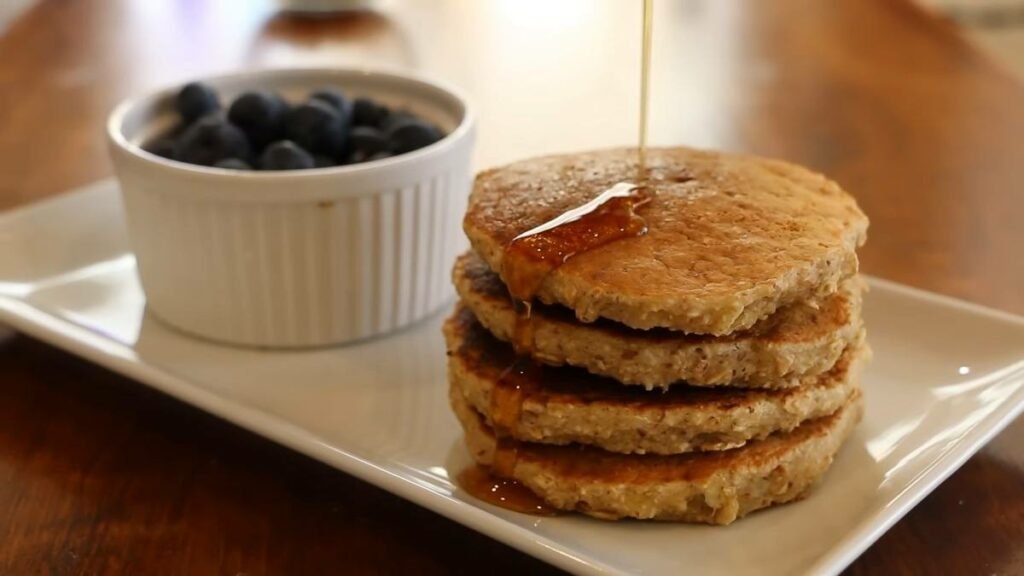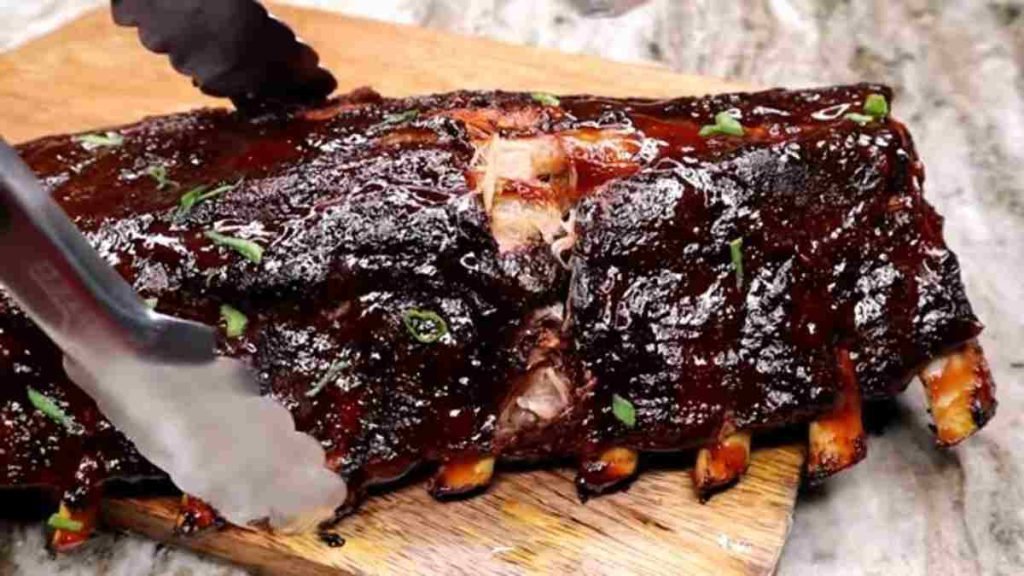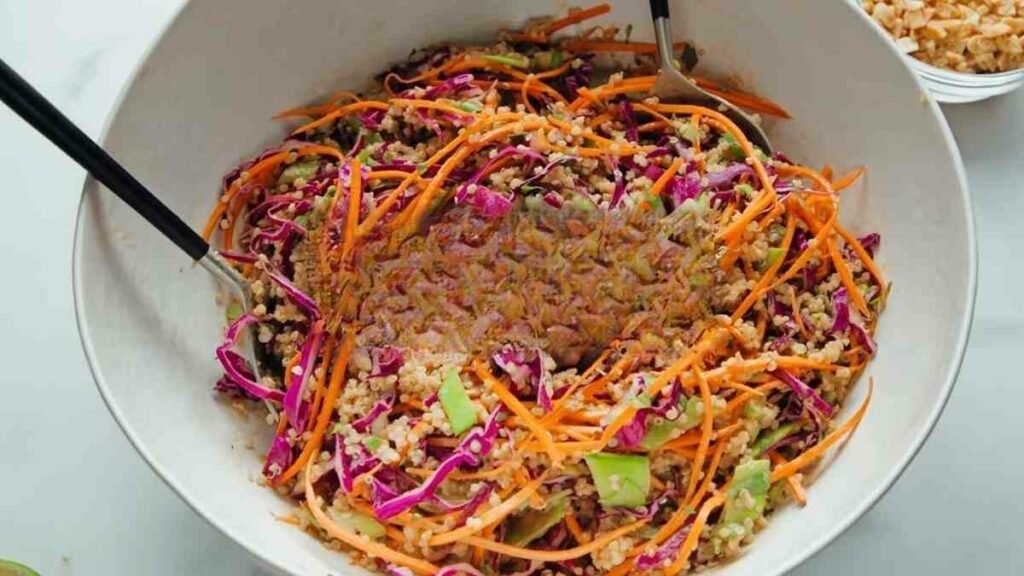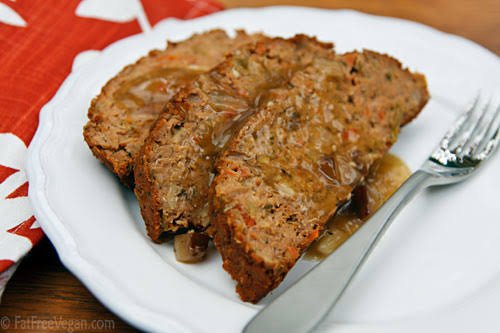With the growing number of people who are lactose intolerant, vegan, or have dietary restrictions, it can be challenging to enjoy certain foods that contain dairy products. However, with this recipe, you can still indulge in a scrumptious cream cheese frosting without worrying about consuming dairy.
We all know that cream cheese frosting is a staple in baking, commonly used to decorate cupcakes, cakes, and other desserts. But did you know you can make a dairy-free version of this classic frosting by substituting cream cheese with coconut milk? If you’re a fan of coconut milk, then you’re in for a treat with this recipe.
Ingredients You’ll Need:
- 8 ounces dairy-free cream cheese, softened: This ingredient serves as the base of the frosting and provides a creamy and tangy flavor reminiscent of traditional cream cheese frosting.
- 1/2 cup coconut milk (full-fat): Coconut milk adds richness and a subtle tropical flavor to the frosting. Full-fat coconut milk provides a creamy consistency and contributes to the overall lusciousness of the frosting.
- 1/4 cup coconut oil, melted: Coconut oil adds stability and structure to the frosting. When melted, it blends seamlessly with the other ingredients and helps the frosting hold its shape.
- 2 cups powdered sugar: Powdered sugar is the frosting’s main sweetener and thickening agent. It provides the desired sweetness and helps achieve a smooth, spreadable consistency.
- 1 teaspoon vanilla extract: Vanilla extract enhances the flavor of the frosting, adding a pleasant aroma and depth of taste. It complements the other ingredients and brings out the natural sweetness of cream cheese and coconut milk.
Equipment Needed:
- Mixing bowl: The mixing bowl serves as a base for combining all the ingredients.
- Electric mixer or stand mixer: An electric mixer or stand mixer is ideal for achieving a smooth and creamy consistency in the frosting. The cream cheese and other ingredients can be efficiently blended using the mixer’s whisk attachment. The mixer’s high-speed mixing action helps create a light and fluffy frosting without much effort.
- Measuring cups and spoons: Measuring cups and spoons ensure that you add precise amounts of cream cheese, coconut milk, coconut oil, powdered sugar, and vanilla extract.
- Rubber spatula or wooden spoon: A rubber spatula or wooden spoon is useful for scraping down the sides of the mixing bowl and ensuring that all the ingredients are fully mixed.
- Whisk or fork for mixing: A whisk or fork can be an alternative to an electric mixer if you don’t have one.
- Food processor or blender (optional, for a smoother texture): A food processor or blender is optional equipment that can achieve a smoother texture in the frosting.
Guide To Make Dairy-Free Cream Cheese Frosting Coconut Milk
Here’s a step by step to make Dairy Free Cream Cheese Frosting Coconut Milk;
Step 1: Soften the dairy-free cream cheese
Start by ensuring the dairy-free cream cheese is softened at room temperature. Leave it out for 30 minutes to an hour before starting the recipe. Softening the cream cheese makes blending easier and results in a smoother frosting.
Step 2: Blend the ingredients
Combine the softened dairy-free cream cheese, coconut milk, melted coconut oil, powdered sugar, and vanilla extract in an electric mixer. Beat the ingredients on medium speed until well combined and smooth. Scrape down the sides of the bowl with a rubber spatula or wooden spoon to ensure all ingredients are fully incorporated.
Step 3: Adjust the consistency (optional)
At this stage, you can assess the consistency of the frosting. If you prefer a thicker frosting, add more powdered sugar, a tablespoon at a time, and continue mixing until the desired consistency is achieved.
If you want a slightly thinner consistency, add a small amount of coconut milk and mix until well incorporated. Keep in mind that the frosting will firm up slightly when chilled.
Step 4: Chill the frosting (optional)
If you prefer a firmer consistency or plan to pipe the frosting onto your desserts, you can refrigerate it for about 30 minutes to 1 hour. Chilling helps the frosting set and hold its shape better. However, you can skip this step if you’re spreading the frosting immediately or prefer a softer texture.
Step 5: Enjoy your dairy-free cream cheese frosting
Once the frosting has reached your desired consistency, it will be enjoyed. Spread it generously on cakes, cupcakes, or cookies, or use a piping bag to create beautiful designs.
Making The Perfect Dairy-Free Cream Cheese Frosting Coconut Milk
- Choose high-quality dairy-free cream cheese: Opt for a reputable brand with a smooth and creamy texture. This will ensure better consistency and taste in your frosting.
- Use full-fat coconut milk: Full-fat coconut milk provides richness and creaminess to the frosting. Avoid using light or reduced-fat coconut milk, which may result in a thinner consistency and less flavor.
- Adjust the sweetness: The sweetness of the frosting can be adjusted to your liking. If you prefer a sweeter frosting, add more powdered sugar gradually until you reach your desired taste. Conversely, if you prefer a less sweet frosting, reduce the amount of powdered sugar accordingly.
- Chill for piping: If you plan to pipe the frosting onto your desserts, refrigerate it for 30 minutes to 1 hour to firm it up. This will make it easier to handle and create beautiful designs. Use a piping bag fitted with a star tip for an elegant finish.
Nutritional Benefits of Dairy-Free Cream Cheese Frosting Coconut Milk
Its rich, creamy texture and subtly sweet flavor make it an excellent substitute for traditional dairy products like milk or cream. Coconut milk is naturally lactose-free, making it a fantastic option for those with lactose intolerance or dairy allergies.
- Heart-Healthy Fats: While coconut milk does contain fats, they are predominantly medium-chain triglycerides (MCTs). Unlike long-chain fatty acids, MCTs are quickly metabolized by the body and used as a readily available energy source. They can help boost your metabolism and promote weight loss. Additionally, MCTs have been shown to raise “good” HDL cholesterol levels, which can improve heart health.
- Antioxidant Protection: Coconut milk is rich in antioxidants that help combat oxidative stress in the body. These antioxidants, such as vitamin C and selenium, help neutralize harmful free radicals, which can contribute to chronic diseases and premature aging. Incorporating coconut milk into your frosting gives your body extra protective power.
- Supports Digestive Health: Coconut milk contains a fiber called inulin, which acts as a prebiotic. Prebiotics provide nourishment for beneficial gut bacteria, promoting a healthy gut microbiome. A balanced gut flora is essential for optimal digestion, nutrient absorption, and well-being.
Dairy Free Cream Cheese Frosting Coconut Milk Is Best Served With?
Traditional cream cheese frosting can challenge those with dietary restrictions or lactose intolerance. But fear not. There is a delightful alternative that caters to a dairy-free lifestyle and adds a tropical twist to your favorite treats.
- Carrot Cake
- Red Velvet Cupcakes
- Pumpkin Spice Muffins
- Chocolate Zucchini Bread
- Banana Cupcakes
- Lemon Blueberry Cake
- Spiced Apple Cake
- Vegan Cinnamon Rolls
- Dairy-Free Sugar Cookies
- Vegan Brownies
Storage Tips for Dairy-Free Cream Cheese Frosting Coconut Milk
Ensuring the longevity and freshness of your frosting is essential to maintain its flavor and texture.
- Store on the lower shelves: Refrigerators have varying temperature zones, with the lower shelves being the coldest. To ensure that your dairy-free cream cheese frosting remains at a consistently cool temperature, store it on the lower shelves of the refrigerator. Avoid placing it near the door or warmer sections, as temperature fluctuations can affect its quality and longevity.
- Avoid frequent temperature changes: While taking the frosting out of the refrigerator multiple times during baking or decorating might be tempting, it can degrade its texture and compromise its stability. Plan and bring the required frosting to room temperature in a single instance rather than repeatedly removing and returning it to the refrigerator.
- Freeze for long-term storage: If you have leftover dairy-free cream cheese frosting that you won’t use shortly, consider freezing it. Freezing can extend its shelf life for up to three months. Transfer the frosting to a freezer-safe container, leaving some headspace for expansion. Seal the container tightly and label it with the date. Thaw the frozen frosting in the refrigerator overnight before using it.
- Check for freshness: Before using stored dairy-free cream cheese frosting, always check for signs of spoilage. Look for discoloration, mold growth, off-putting odor, or unusual texture. If you notice any of these signs, discard the frosting immediately. It’s essential to prioritize food safety and avoid consuming spoiled products.

Dairy Free Cream Cheese Frosting Coconut Milk
Equipment
- Mixing bowl
- Electric mixer or stand mixer
- Measuring cups and spoons
- Rubber spatula or wooden spoon
- Whisk or fork for mixing
- Food processor or blender
Ingredients
- 8 ounces dairy-free cream cheese, softened
- 1/2 cup coconut milk (full-fat)
- 1/4 cup coconut oil, melted
- 2 cups powdered sugar
- 1 teaspoon vanilla extract
Instructions
- Start by ensuring the dairy-free cream cheese is softened at room temperature. Leave it out for 30 minutes to an hour before starting the recipe. Softening the cream cheese makes blending easier and results in a smoother frosting.
- Combine the softened dairy-free cream cheese, coconut milk, melted coconut oil, powdered sugar, and vanilla extract in an electric mixer. Beat the ingredients on medium speed until well combined and smooth. Scrape down the sides of the bowl with a rubber spatula or wooden spoon to ensure all ingredients are fully incorporated.
- At this stage, you can assess the consistency of the frosting. If you prefer a thicker frosting, add more powdered sugar, a tablespoon at a time, and continue mixing until the desired consistency is achieved. If you want a slightly thinner consistency, add a small amount of coconut milk and mix until well incorporated. Keep in mind that the frosting will firm up slightly when chilled.
- If you prefer a firmer consistency or plan to pipe the frosting onto your desserts, you can refrigerate it for about 30 minutes to 1 hour. Chilling helps the frosting set and hold its shape better. However, you can skip this step if you’re spreading the frosting immediately or prefer a softer texture.
- Once the frosting has reached your desired consistency, it will be enjoyed. Spread it generously on cakes, cupcakes, or cookies, or use a piping bag to create beautiful designs.
Video
Conclusion
Dairy-free cream cheese frosting made with coconut milk is a delectable alternative for those with dietary restrictions or preferences. The rich, creamy texture and luscious flavor of coconut milk perfectly complement the tanginess of cream cheese, creating a delightful frosting that everyone can enjoy.
Coconut milk adds a unique tropical twist to the traditional cream cheese frosting, infusing it with a hint of exotic flavor. Whether you are lactose intolerant, following a vegan diet, or simply looking to explore new taste sensations, this dairy-free option is a fantastic choice.
Not only does coconut milk provide a creamy base for the frosting, but it also brings many health benefits. Rich in vitamins C, E, and B-complex and minerals like iron and magnesium, coconut milk offers nourishment while adding a touch of natural sweetness. Additionally, it contains healthy fats, known as medium-chain triglycerides (MCTs), which are easily metabolized by the body and can contribute to increased energy levels.





